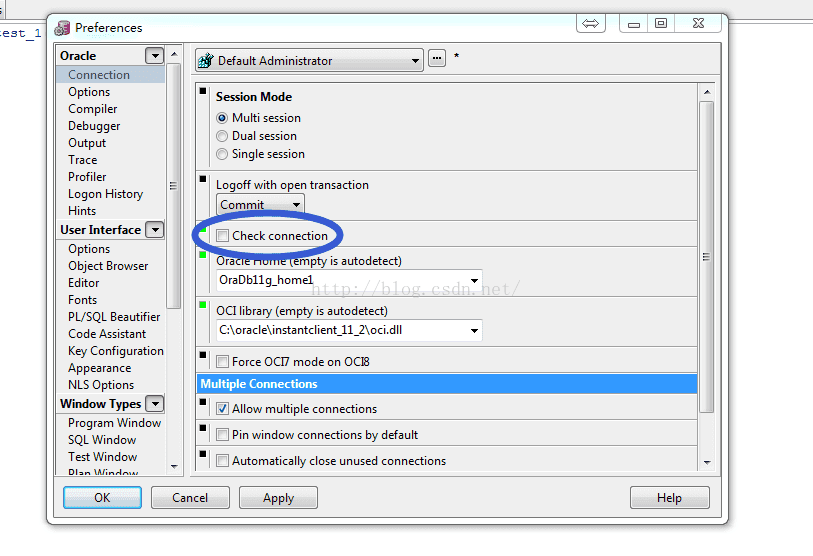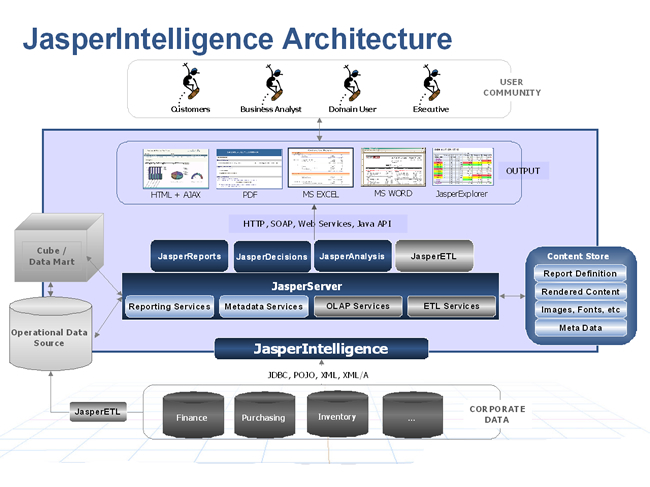EJB3 為了可以支援 AOP ( swanky : AOP Presentation - http://www.ice.ntnu.edu.tw/~swanky/presentation/PL_AOP.pdf )
所以建立了Interceptors 的觀念.
不過, 雖然是放在 ejb3 api 的製作之中, 但是他的 package 為 javax.interceptor.*, 換句話說, 未來有機會可能會移出 ejb-api .其實, 熟稔 AOP 概念的人 ( AspectJ, AspectWerkz ) 通常會對於 EJB3 目前僅提供 Interceptor 實作的方法, 覺得比較陽春. 但是, 也可以這麼思考, 利用 Interceptor 應該就可以達到一般人的需求 !
在 Interceptor, 只有 InvocationContext Interface, 以及 四個 Annotation Types.
* AroundInvoke
* ExcludeClassInterceptors
* ExcludeDefaultInterceptors
* Interceptors
我們在呼叫任何一個 EJB Bean Class 的時候, 可以利用 @Interceptors 來設定
@Interceptors(MyCallbackHandler.class)
public class MyEJB {
....
}
或是利用 deployment descriptor ( ejb-jar.xml ) 來定義 interceptors
...
com.softleader.interceptors.MyCallbackHandler
someInteceptorMethod
*
com.softleader.interceptors.MyCallbackHandler
SlessEJB
true
SlessEJB2
true
非常明顯的, 我們可以看到, 我們需要利用 interceptor-binding 將 interceptor-class 指向到所有(*) 或單一(EJBName) 的結合. 以及是否去除 ( exclude-default-interceptors ) 預設的 binding 原則.
一個簡單的 Interceptor 的撰寫方式
import javax.interceptor.InvocationContext;
public class MyCallbackHandler {
public void someInteceptorMethod(InvocationContext invCtx) {
System.out.println("Hello Inteceptor in pre-destroy callback methods ");
try {
invCtx.proceed();
} catch(Exception e) {
e.printStackTrace();
}
}
}
當呼叫 InvocationContext.proceed() 之後, 將會進行下一個 interceptor 的作業.
所以我們必須利用 InvocationContext 來取得我們攔截下來取得相關的資訊, 進行相關的處理.
Map getContextData()
Method getMethod()
Object[] getParameters()
Object getTarget()
Object proceed()
void setParameters()
除了控制生命週期的攔截之外, 我們可以利用 ArroundInvoke() 進行相關的攔截@AroundInvokeObject aroundInvoke(InvocationContext ctx) throws Exception {Common.aroundInvokeCalled(ctx, "testArroundInvoke");Object instance = ctx.getTarget();if( instance instanceof SomeEJB) {((SomeEJB) instance).aroundInvokeCalled = true;}return ctx.proceed();}
這樣就可以建立基本的 AOP 實作了



